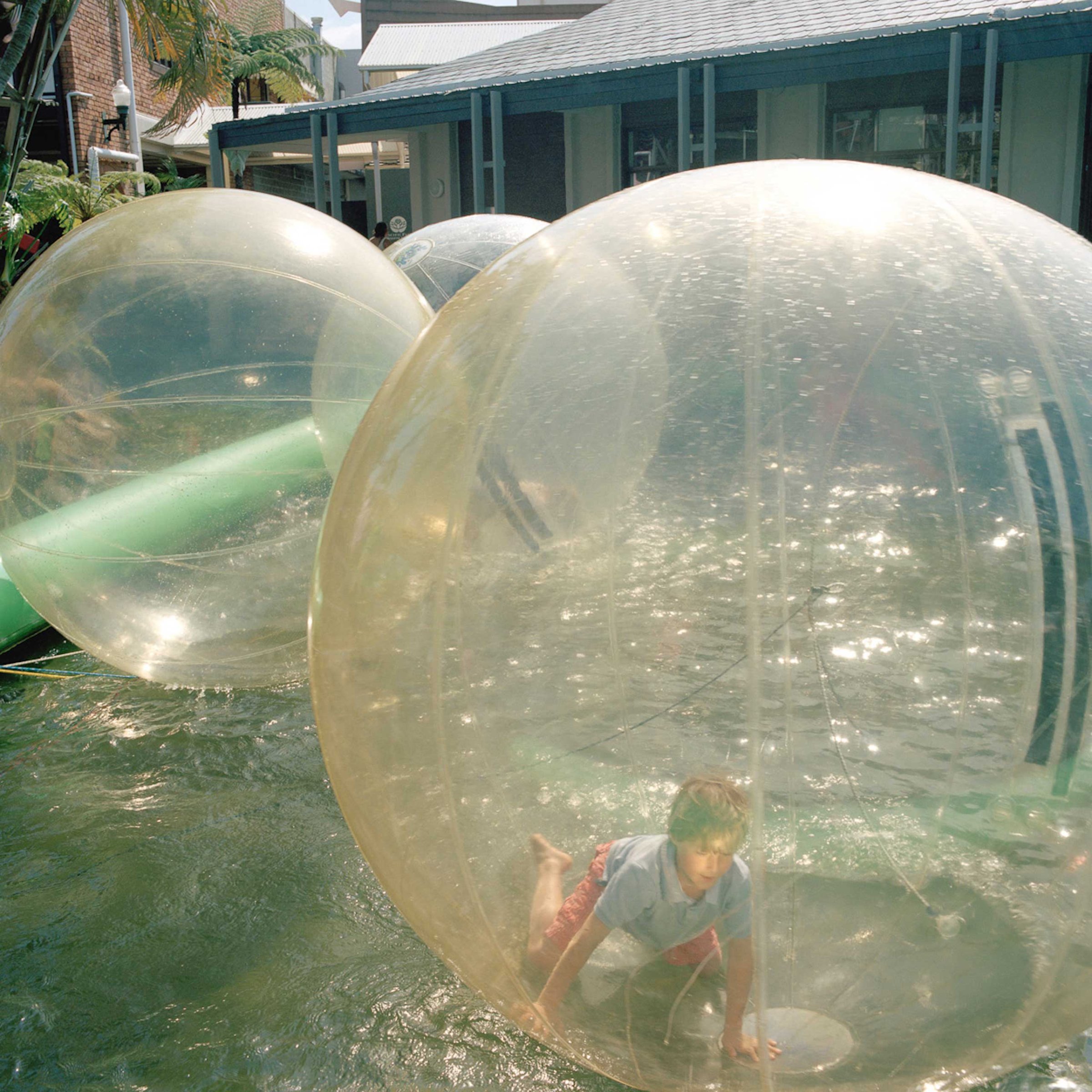
The gentle and softly toned images of the strips of beach, well-maintained streets, and carefree teenage life in Gold Coast, Australia, seem to suggest that paradise on Earth can exist. But, photographer Ying Ang warns, don’t be mistaken.
A native of Gold Coast, once a small beach town on the eastern coast of Australia and now the country’s prime tourist destination, Ang deliberately photographed the “nice things” to reveal her deeper, troubling experience growing up in the artificial utopia.
At age 18, Ang witnessed a double murder at a friend’s home. The victims’ throats were slashed, and Ang had to run next door to call for help. She remembered driving home through the undisturbed streets after giving affidavits at the police station; the sense of normalcy shocked her.
“I was thinking how is that everything in my world looks exactly the same, and everything has changed,” Ang recalls. “That was really difficult for me to come to terms with.”
Family and friends spoke little about the event afterwards, and Ang felt it was even more difficult to reconcile the horrendous murders and other crimes she saw with the peaceful landscapes she lived in. “I felt like I was delusional. I was seeing all these stuff nobody else was seeing, and I was a witness of all those crimes that nobody [wanted] to talk about.”
Since then, Ang has looked for every excuse to move away, hoping to leave behind the angst she had felt. In 2002, she completed her master’s degree in political science and international relations in Sydney. However, for the love of photography, she landed her first job shooting a friend’s fashion boutique. She then went on to work as a fashion photographer for seven years, before eventually converting to documentary.
In 2010, after Ang graduated as valedictorian from the International Center of Photography’s documentary and photojournalism track, she immediately went back and started photographing the Gold Coast for the next four years, hoping that, by taking pictures, she could confront the unspeakable violence she had encountered. “I made the Gold Coast because it was something that was unresolved in my life,” she says.
But instead of pointing her camera directly at the wrongs and extortions, Ang chose to photograph the almost typical and mundane suburban scenes, what she calls the “icons of safety, success and prosperity,” which she believes are blinding the locals, preventing them from seeing the community’s ongoing crisis of drug-fueled crimes.
“The way that I chose to photograph it was very much akin to the way I felt when I lived there. It’s like this low hum of nothingness,” she says. “It’s supposed to lull you in a sense that it’s all okay.”
The photographs were self-published in her first monograph, Gold Coast, along with a zine with reproduced pages from the local newspaper recounting crimes tucked inside the book. “You can throw [the zine] away, if you don’t want to believe it and if you want to live in your delusion,” she says.
Ying Ang is a documentary photographer based between Singapore, Melbourne and New York. Gold Coast is currently exhibited in a group show at the Sombra Projects in Singapore until June 30.
Mikko Takkunen, who edited this photo essay, is an associate photo editor at TIME.
Ye Ming is a writer and contributor to TIME LightBox. Follow her on Twitter and Instagram.
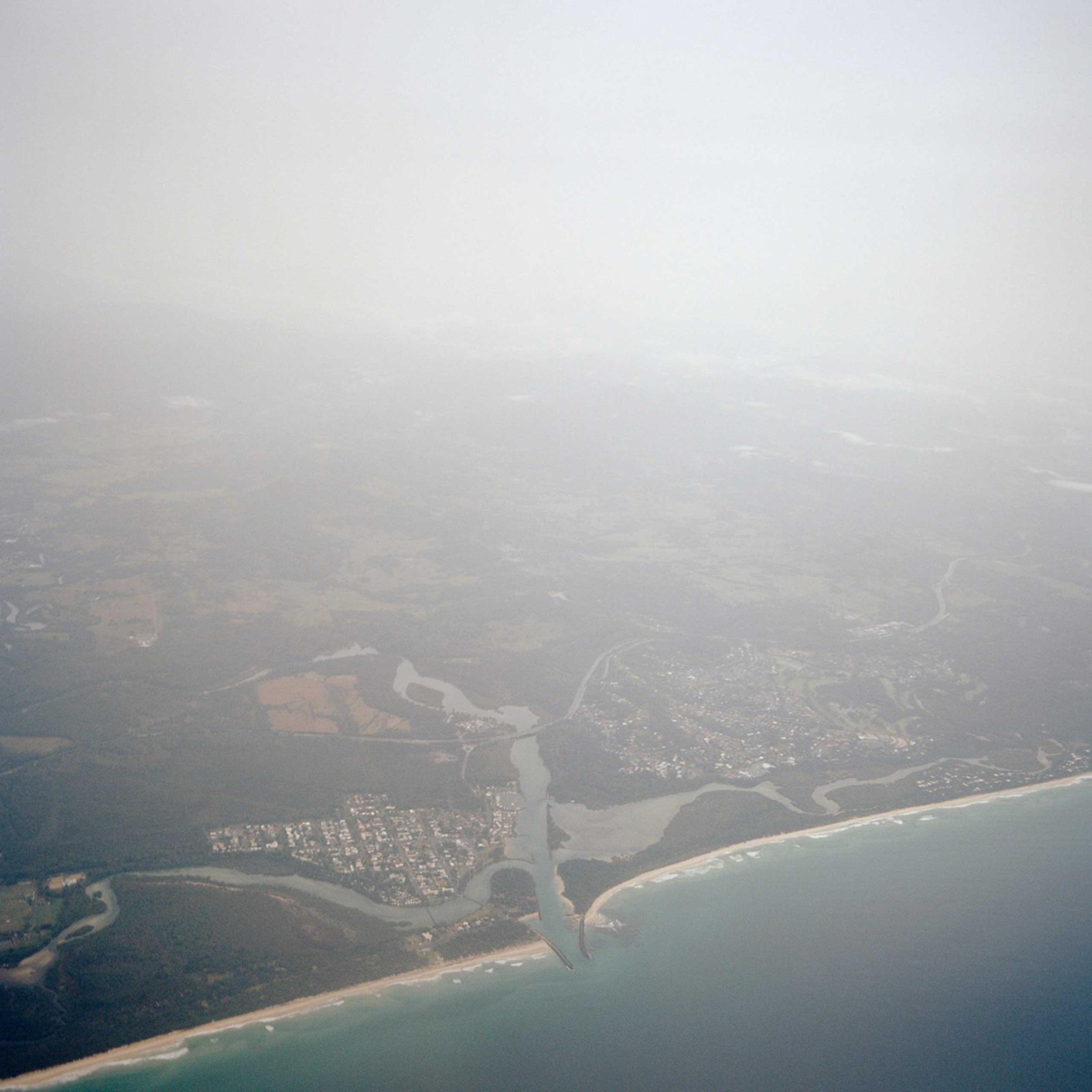

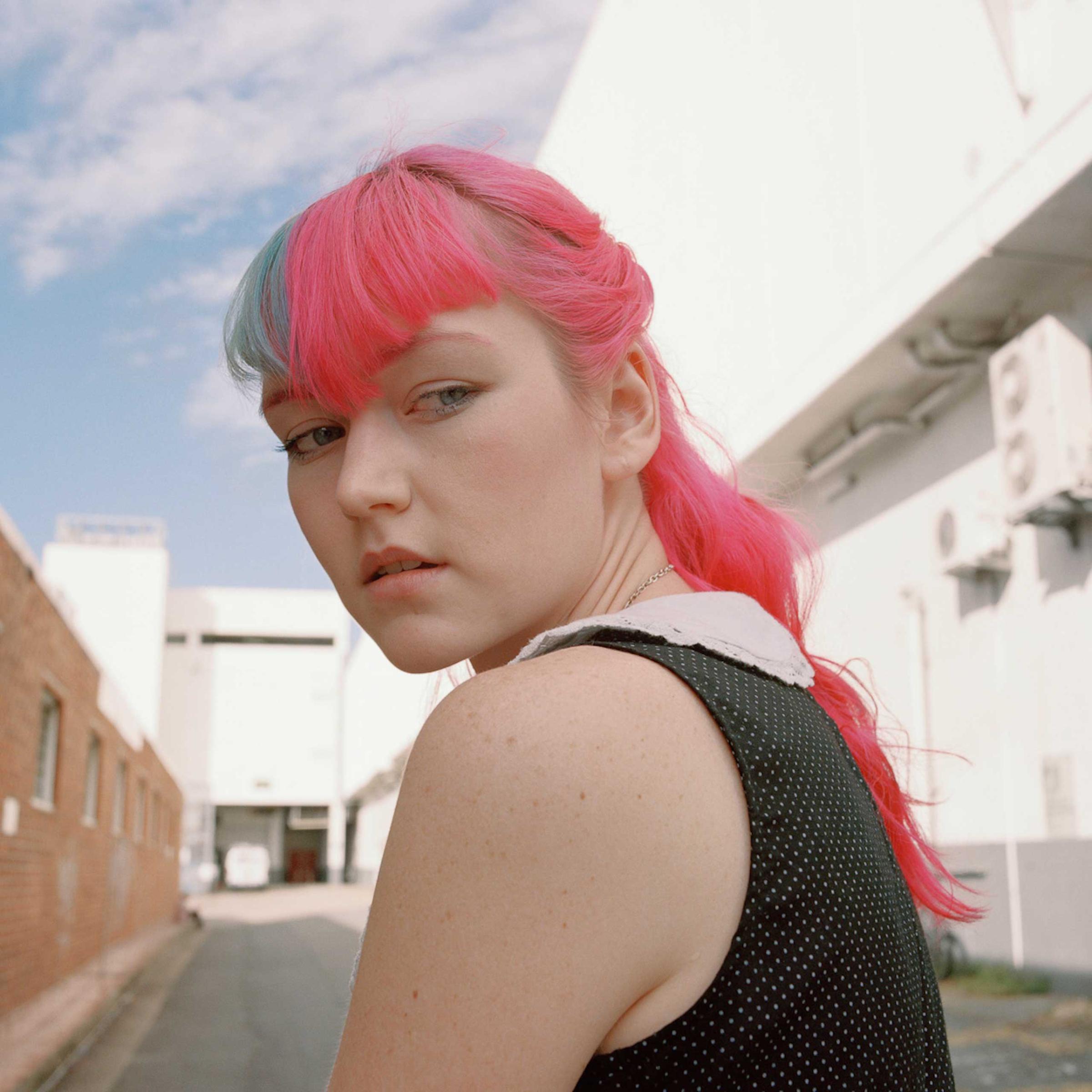
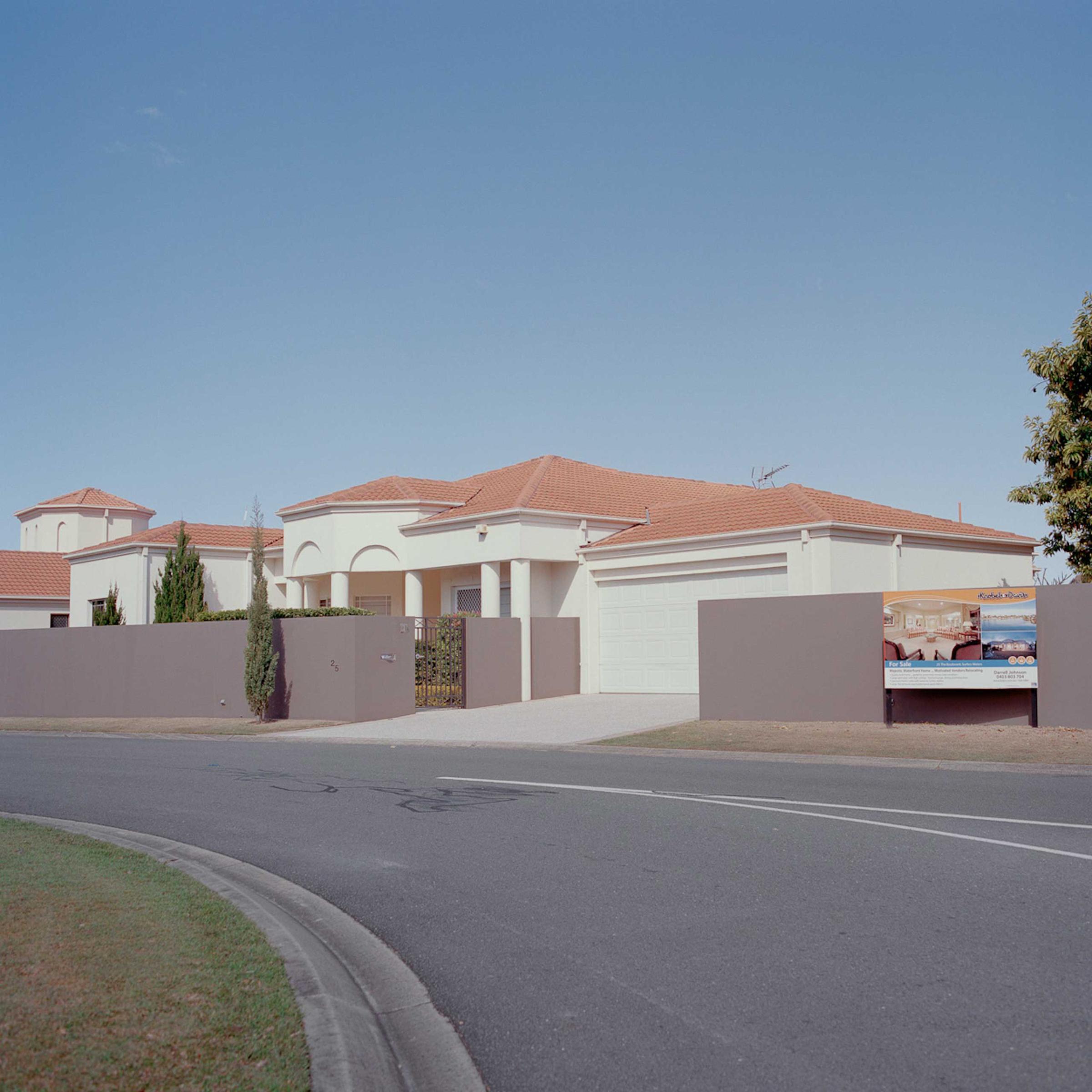
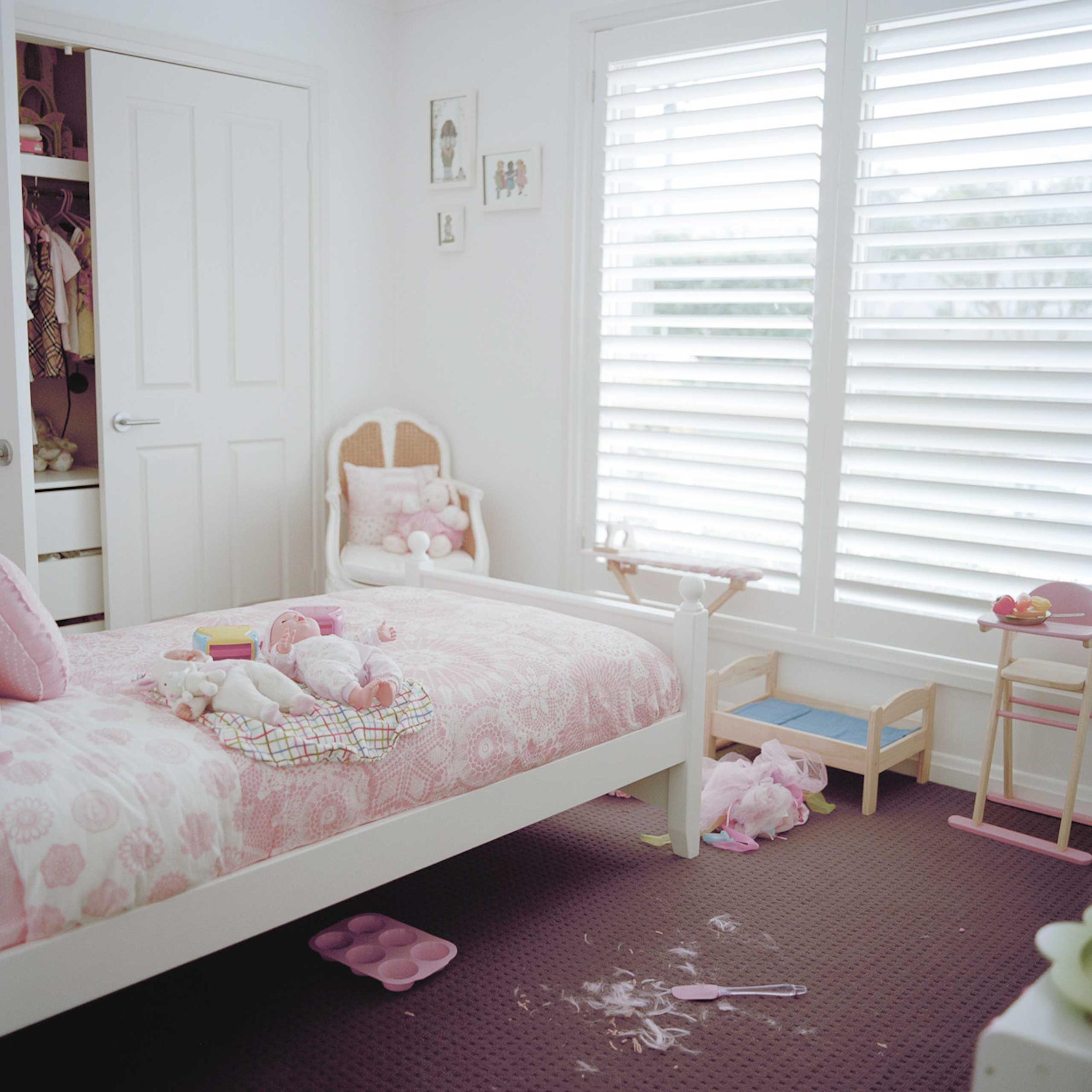

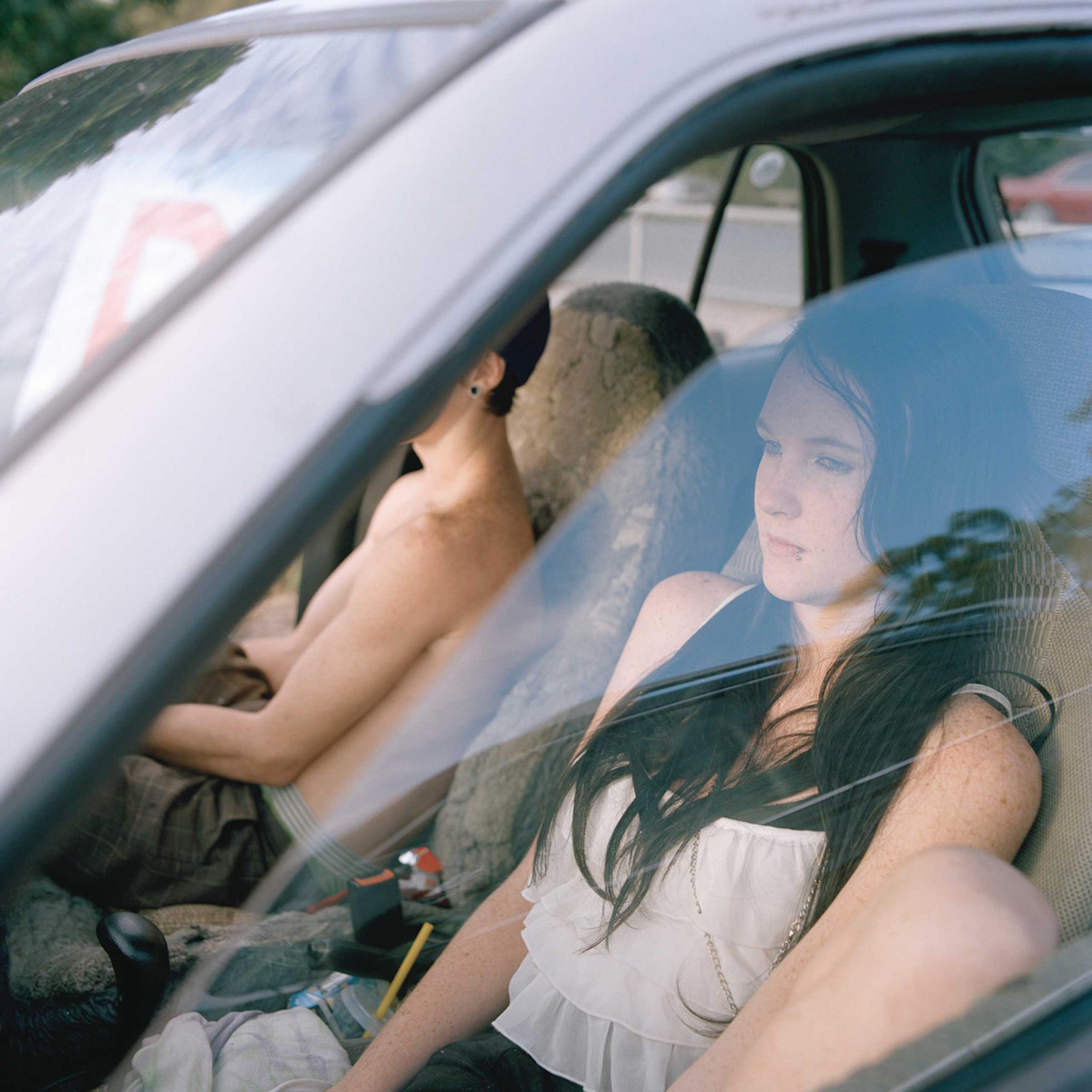

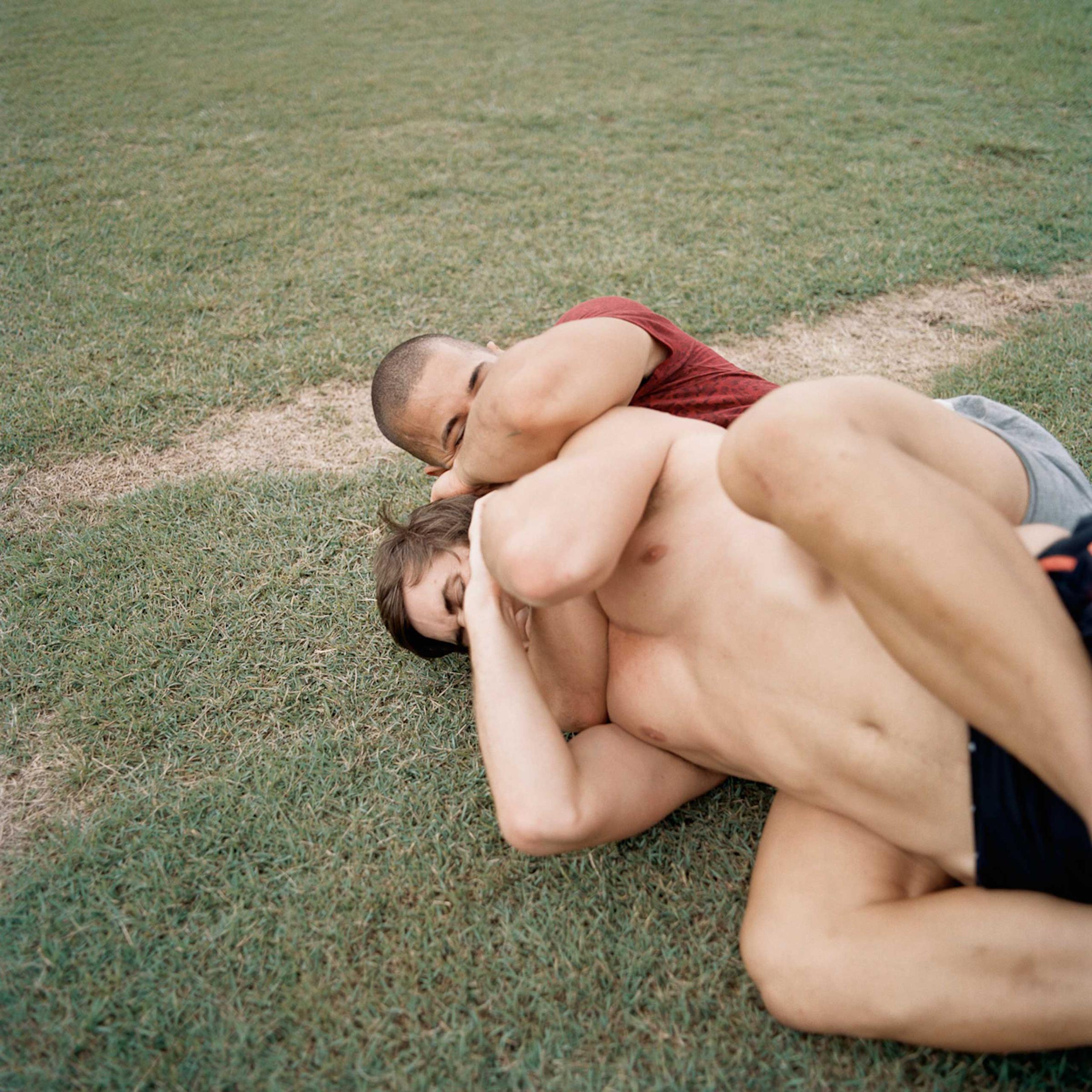
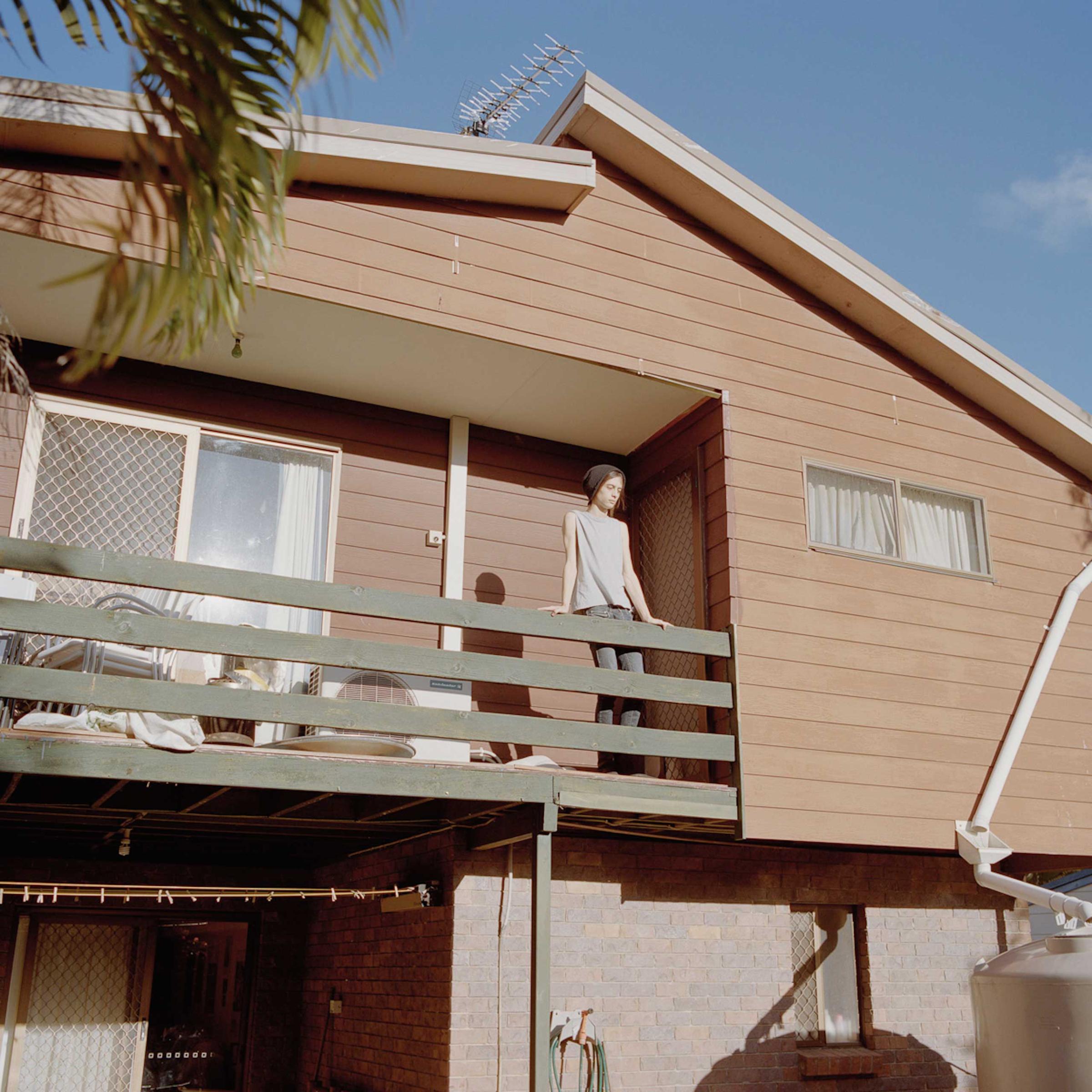



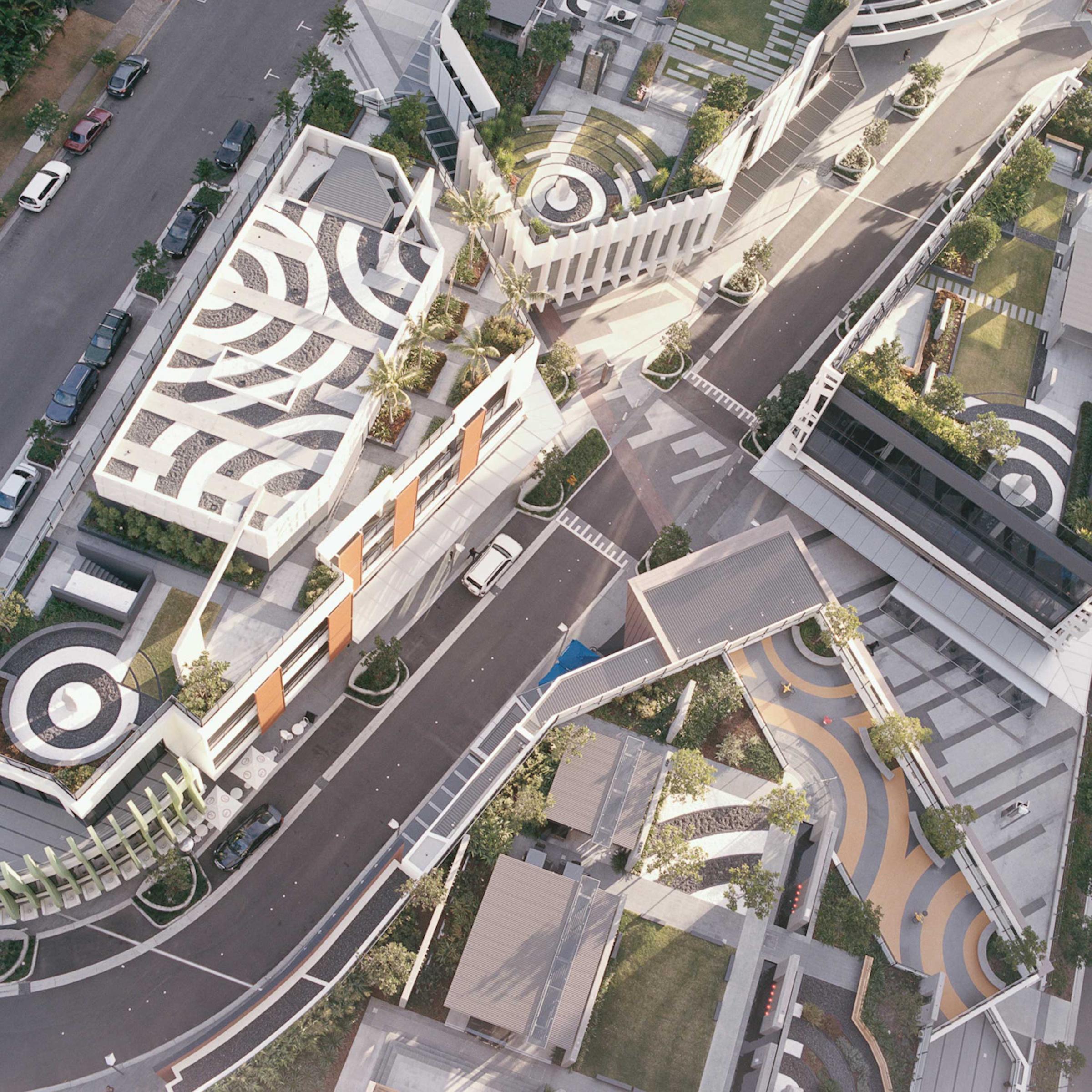
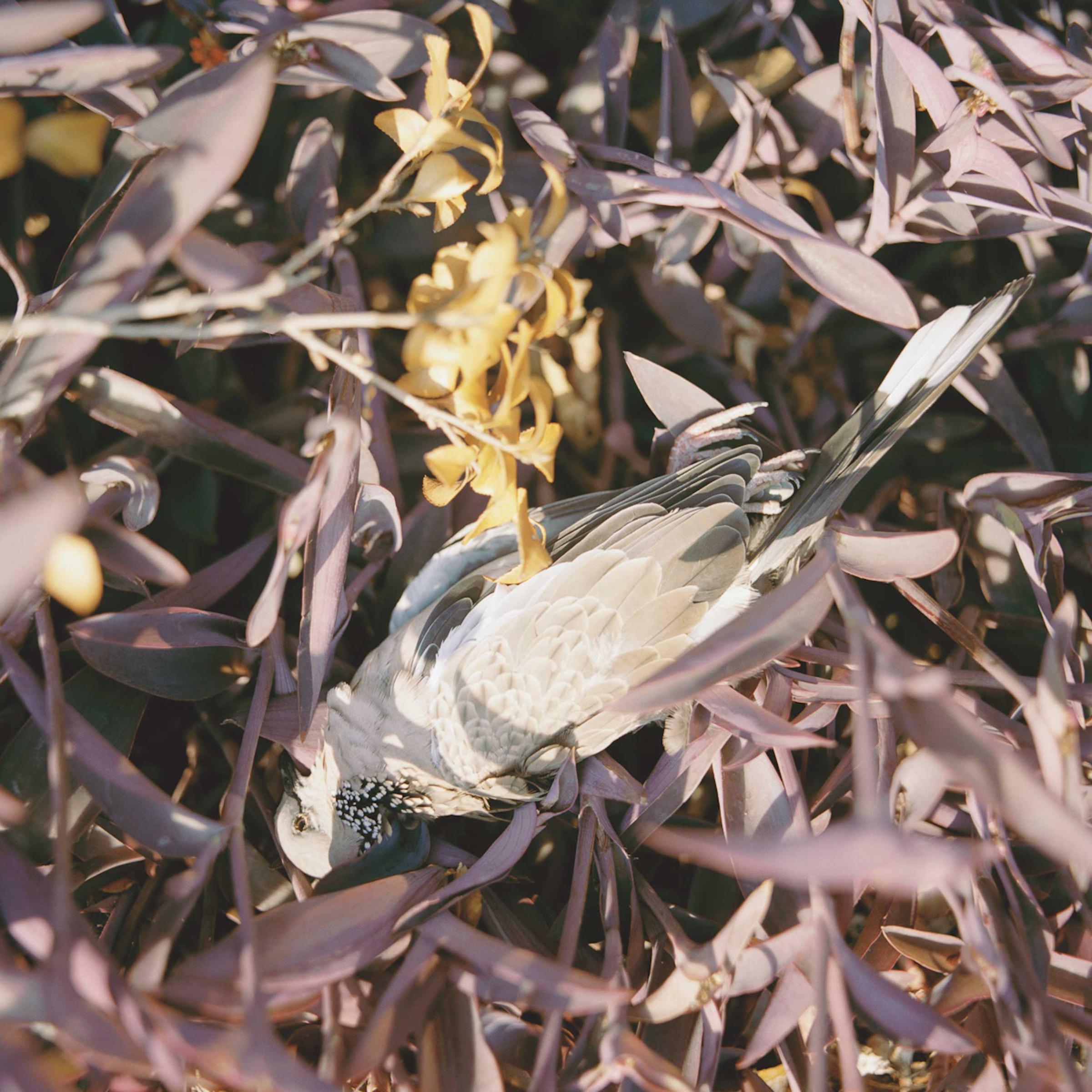
More Must-Reads from TIME
- Cybersecurity Experts Are Sounding the Alarm on DOGE
- Meet the 2025 Women of the Year
- The Harsh Truth About Disability Inclusion
- Why Do More Young Adults Have Cancer?
- Colman Domingo Leads With Radical Love
- How to Get Better at Doing Things Alone
- Michelle Zauner Stares Down the Darkness
Contact us at letters@time.com